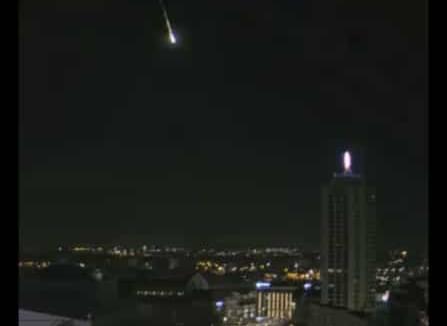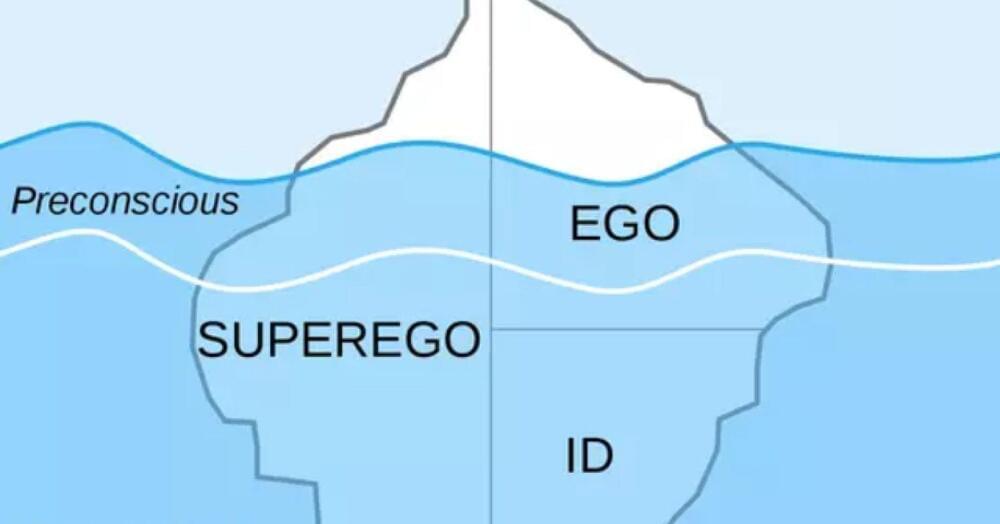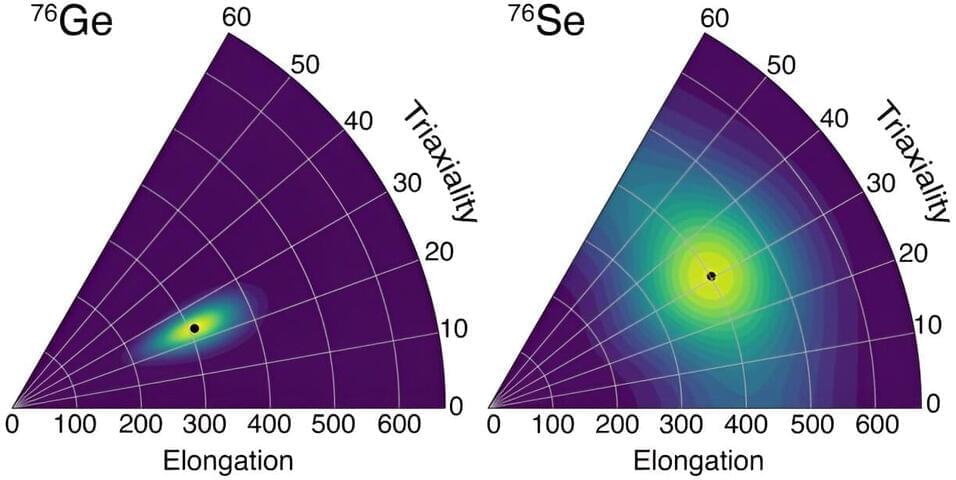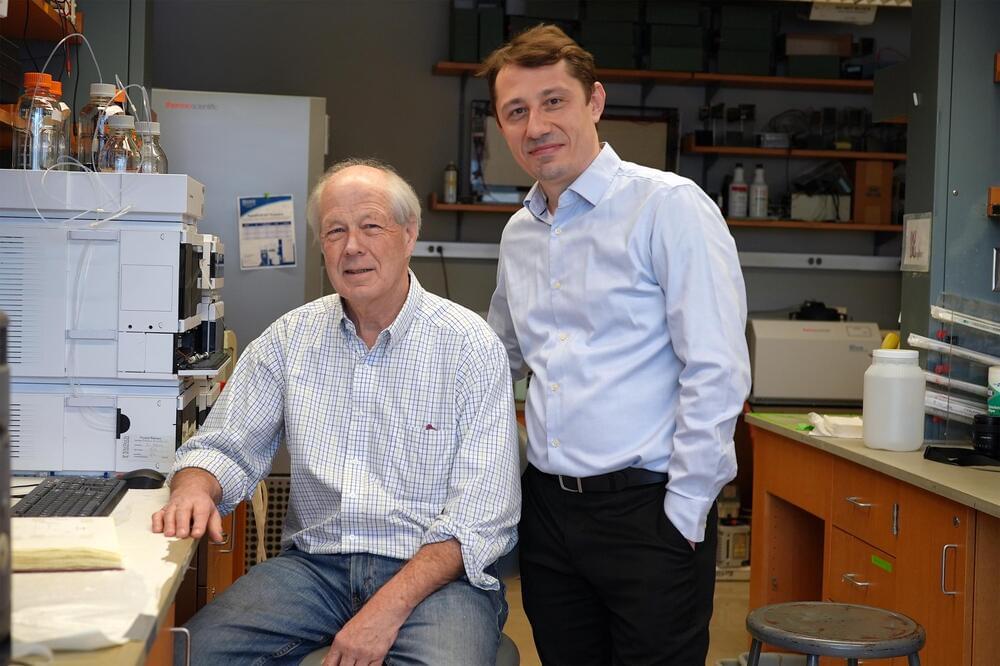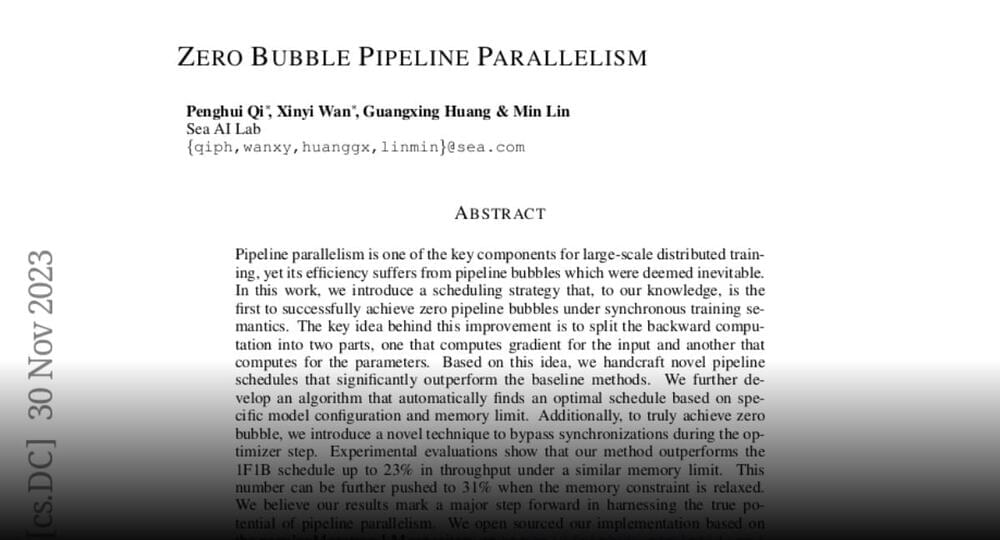A team of scientists at the Max Planck Institute for the Science of Light led by Dr. Birgit Stiller has succeeded in cooling traveling sound waves in waveguides considerably further than has previously been possible using laser light. This achievement represents a significant move towards the ultimate goal of reaching the quantum ground state of sound in waveguides.
Unwanted noise generated by the acoustic waves at room temperature can be eliminated. This experimental approach both provides a deeper understanding of the transition from classical to quantum phenomena of sound and is relevant to quantum communication systems and future quantum technologies.
The quantum ground state of an acoustic wave of a certain frequency can be reached by completely cooling the system. In this way, the number of quantum particles, the so-called acoustic phonons, which cause disturbance to quantum measurements, can be reduced to almost zero and the gap between classical and quantum mechanics bridged.

